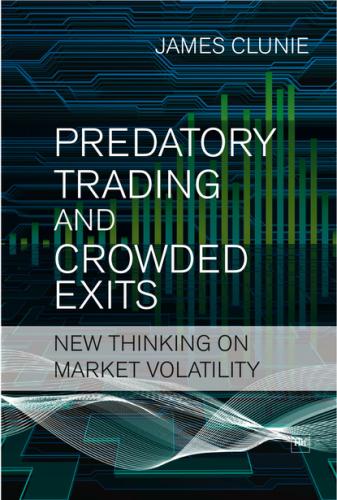Short-sale constraints can also lead to over-pricing due to the opportunity to speculate that arises when shorting is prohibited. Duffie et al. (2002) create a dynamic model of equity prices, stock lending fees and short-interest. They show that a stock price can initially be higher than the greatest valuation of any investor, because the price should include the benefits obtained from being able to lend the stock in future.
A stock price, when limited shorting is permitted, is initially higher than the price with no shorting permitted, as the shareholder expects to earn returns from lending the stock in future. This provides a rebuttal against the common perception that easier access to shorting results in poorer performance for a stock. The authors argue that this can explain the negative stub-value effect associated with some corporate spin-offs (i.e. a negative implied market value for the portion of a parent company not spun off, even though equity is associated with limited liability).
This phenomenon was seen in March 2000 when 3Com sold around 5% of its stake in Palm and the latter went public on the NASDAQ market. 3Com planned to distribute the remainder of its Palm shares directly to existing 3Com shareholders in the ratio of 1.483 Palm shares for each share of 3Com held. An investor wanting to buy a stake in Palm could have bought, say, 1483 shares of Palm or 1000 shares in 3Com. The latter would ultimately have given him 1483 Palm plus a share of the assets belonging to 3Com. According to this logic one share of 3Com should have cost at least 1.483 times more than one share of Palm. However on the day of its IPO, Palm shares closed at $95.06 while the shares of 3Com closed at $81.81. This implied a negative stub value for 3Com shares.
In the Duffie et al. (2002) model, as lending fees decrease, so too does the valuation associated with the marginal investor and this leads to a decline in stock price. The model also shows that price declines associated with falling lending-fee effects are likely to be greater for companies with a smaller free-float (i.e. a smaller proportion of a company’s shares being tradable in public markets) or with larger differences of opinion between investors (as proxied by higher turnover). This is consistent with poor average returns following an initial public offering, when investor opinions are likely to differ greatly (due to low levels of knowledge about the new company) and when free float is likely to be lower (due to lock-ins of stock held by directors and officers).
What next?
In this chapter we have seen that there a variety of reasons for securities prices to diverge from their equilibrium values. In the next chapters, I take a closer look at some of these reasons. In particular, I describe the theory and empirical evidence for each phenomenon, and suggest how traders can avoid mistakes by learning from this evidence. First, I consider predatory trading. This is a form of trading in which well-informed and well-capitalised players exploit weaknesses amongst certain other market players. The notion of predatory trading develops naturally from an ecological view of markets.
Endnotes
1 See Wilson, 1975. [return to text]
2 See, for example, Arthur et al. (1997); Farmer and Lo (1999). [return to text]
3 Naked short-selling and intraday shorting can be exceptions to this rule. [return to text]
4 These interviews took place between 2005 and 2009 and involved 31 experienced market practitioners. [return to text]
Конец ознакомительного фрагмента.
Текст предоставлен ООО «ЛитРес».
Прочитайте эту книгу целиком, купив полную легальную версию на ЛитРес.
Безопасно оплатить книгу можно банковской картой Visa, MasterCard, Maestro, со счета мобильного телефона, с платежного терминала, в салоне МТС или Связной, через PayPal, WebMoney, Яндекс.Деньги, QIWI Кошелек, бонусными картами или другим удобным Вам способом.
